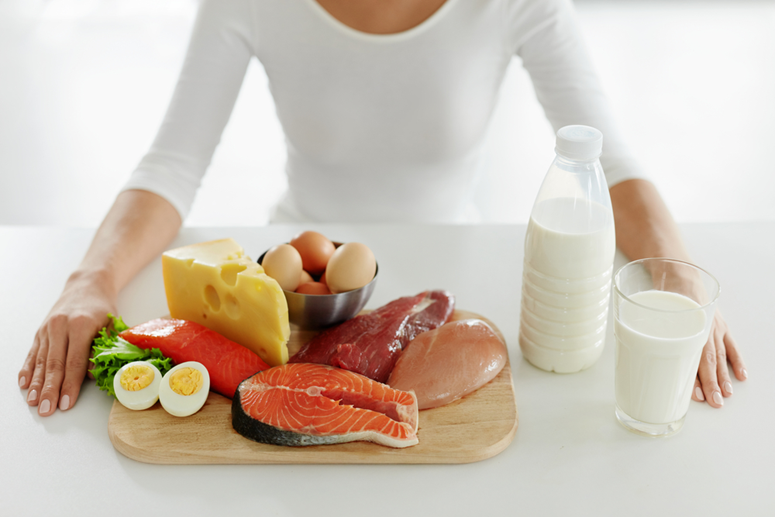?Does eating fish and milk together really cause poisoning and vitiligo

We always hear talk about warnings against eating fish and milk together, or eating one after the other. To avoid exposure to food poisoning or vitiligo spots.
But are these common warnings, which are always shared by mothers and grandmothers, true, or just unfounded rumors, and can these two ingredients be consumed comfortably without fear of exposure to poisoning or skin diseases?

?Is eating fish and milk really harmful to health
Despite the many warnings prohibiting the consumption of milk along with fish, doctors and experts confirm that there is no study that confirms this theory, and the relationship of eating these two food components together to skin vitiligo disease, or poisoning.
There are many countries that rely on milk or its derivatives in preparing fish meals, including some Asian countries and countries bordering the Mediterranean Sea. However, it has not been medically proven that there are any cases of vitiligo resulting from eating these foods before.

Does eating fish and milk cause vitiligo? shutterstock
In addition, nutrition experts indicate that these meals are useful in combating heart disease, diabetes, and even mental health problems.
By global standards, some Mediterranean meals containing dairy products, fish, nuts and grains are the healthiest.
Both fish and milk are rich sources of important nutrients such as protein, calcium, and omega-3 fatty acids, which are necessary for good health.

When can you be poisoned after eating fish and milk?
When talking about cases of poisoning after eating fish and milk, they should not be directly linked to this mixture of food ingredients, especially since this case is rare.
There could be other causes leading to poisoning, including a fish allergy, a milk allergy, or both.
While one of these ingredients may not be fresh, or has expired, which leads to eating it causing symptoms of poisoning, such as vomiting, diarrhea, and others.

Fish meal with milk| shutterstock
Causes of vitiligo
Vitiligo is considered the skin disease most associated with the idea of the danger of eating fish and milk together. It is a long-term skin disorder that causes the appearance of pale white spots on the skin.
However, the real cause of this skin disease is due to a lack of melanin, which is the skin pigment that gives it its color, which makes the areas where this pigment is lacking different from others.
Although vitiligo can affect the entire skin, it most often affects the hands, face, neck, and wrinkles in the skin.

According to medical research, the real reasons behind the sudden decrease in melanin pigment in the skin in some people and not in others are still unknown, and have not been linked to eating fish and milk, while research is still ongoing to reach more accurate information.
The most common advice from dermatologists is the necessity of using sunscreen that contains a high factor of protection from ultraviolet rays. Especially in the pale parts of the body, in order to protect them more.
Warnings of eating too much fish and milk
Although eating fish and milk does not cause vitiligo or food poisoning, as mentioned previously, eating them together in large quantities may cause other health problems.
When eating fish and milk, which are two types of protein-rich foods, at the same time, this leads to difficulty in digestion.

Fish meal with milk sauce shutterstock
This is because each of these different proteins requires different types of digestive juices to process them, which may negatively affect the body’s digestive and immune systems.
In this case, the body releases large amounts of energy and increases the workload on the digestive system, which may lead to bloating, gas, or other digestive problems.

Therefore, it is preferable to reduce the consumption of this mixture together, or to eat it sparingly and widely, for people who suffer from digestive system problems.
Source: websites

